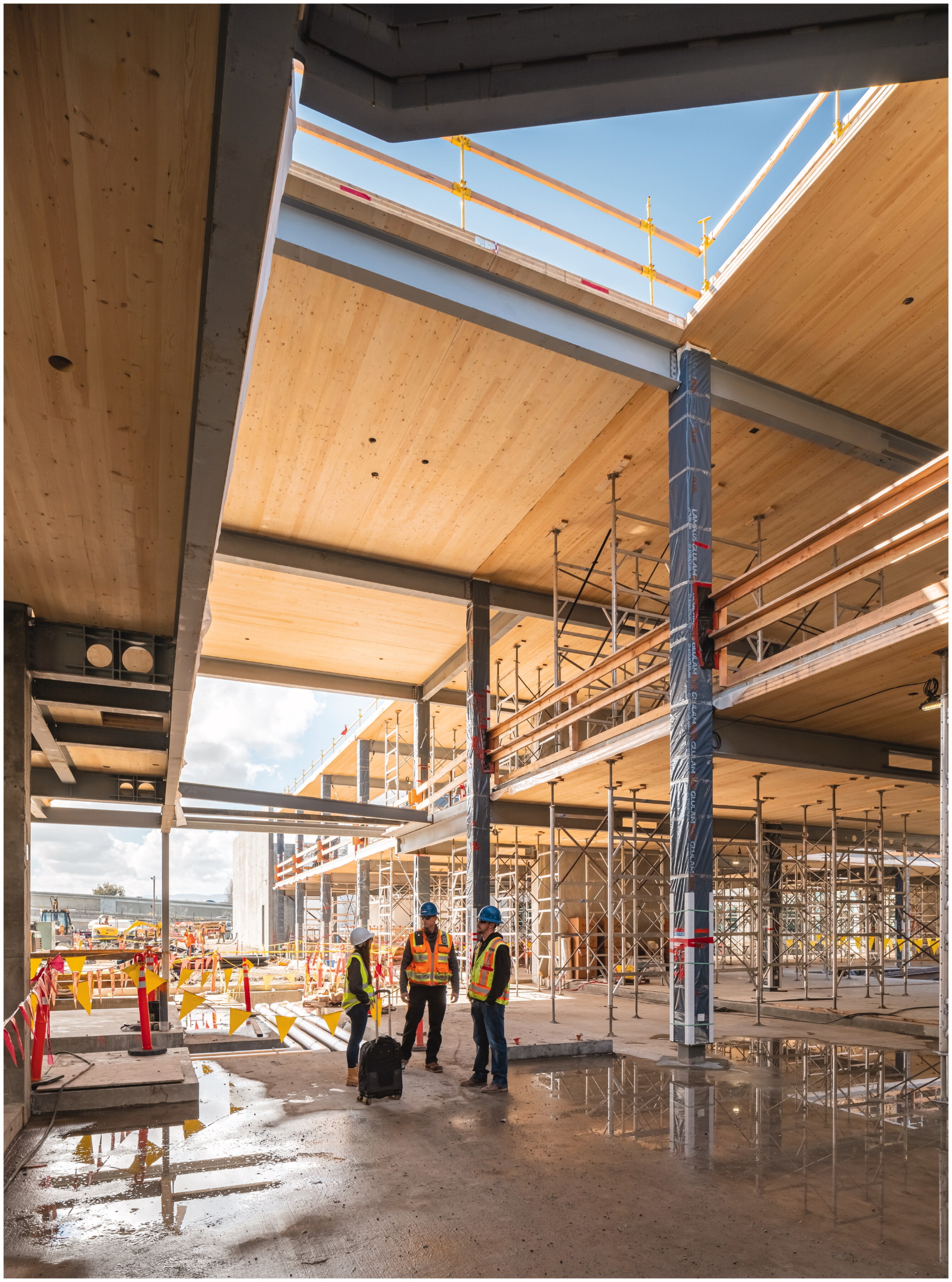Over the past decade, the rise of engineered mass timber products has enabled several tall wood buildings to be constructed globally, projects reaching over ten stories in the UK, Canada, Australia, Norway, Finland, France, Switzerland, Germany, and Austria (where the twenty-four-story HoHo Building is currently under construction).1 In the US, only one built project, Carbon 12, Portland, Oregon, has exceeded the prescriptive height limitations (eighty-five feet) in the current version of the International Building Code (IBC).2 In that case, the highest occupied floor is under seventy-five feet above grade, keeping it below the “high-rise building” threshold. The Framework project in Portland, Oregon, is currently the only permitted mass timber building to exceed the high-rise building designation in the US, at twelve stories and 142 feet in height (yet construction of this project remains on hold) (Figure 1).3



